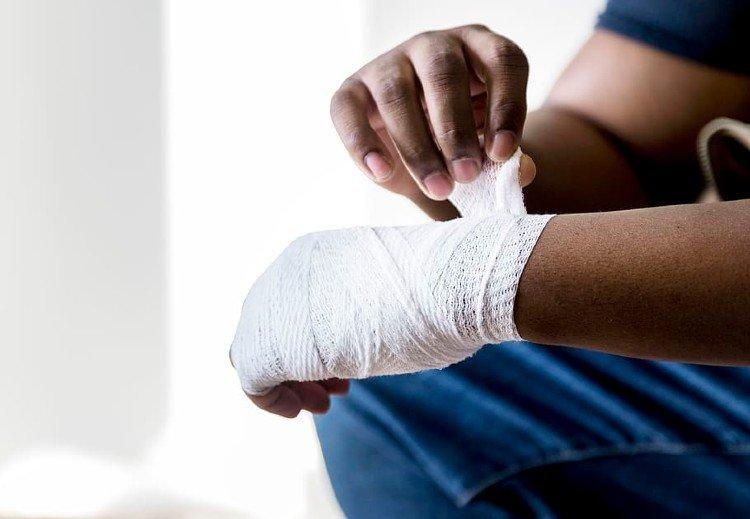Bandages are no longer a small step in the medical treatment process. Instead, smart bandages may soon become an influencing agent in diagnoses and more. They may also potentially treat patients whose physiology has resisted antibiotics in the past.
These exciting developments come from several different researchers and universities. Some are developing typical gauze-like bandages that treat and heal through the material. Others are integrating patches that change color when they come into contact with various bacteria. These breakthroughs paint a picture of a healthier future for all.
Elements of Smart Bandages
1. Healing
Researchers from Harvard and McGill University seek to design bandages that can close an open wound. This would speed the process of healing through mechanotherapy, or mechanically stimulating the tissue.
Harvard, Tufts and Purdue Universities are also in the process of developing bandages that would administer medicine. These would electronically monitor chronic wounds and administer the medicine to the affected area as needed. This could mean the bandages do the work for the patient and the attending physician.
Similarly, Heriot-Watt University researchers describe their sensors as being able to "listen" to the patient's wounds. This offers doctors and nurses the ability to keep track of what the patient needs and how the bandage heals the body tissue.
2. Color-Changing
ACS Central Science researchers reported their design of a bandage that would change color depending on what forms of treatment the patient needs. For instance, it turns red when in contact with various bacterial enzymes. Additionally, this bandage could be monumental for those with drug-resistant infections or bacteria.
MIT engineers are also working on a bandage with stretchable fibers that would change color in reaction to pressure. Bandages wrapped too tight or not tight enough wouldn't be problems any longer.
3. Flexible Sensors
Some bandages will even have printed circuit boards (PCBs) inside them before too long. These would allow the patient to move efficiently but also measure pressure.
What this means is that the PCBs inside the bandages could apply the right amount of pressure needed by the wound to heal effectively. Additional PCBs would, potentially, be able to detect infected wounds.
How This Can Change the Medical Field
These advancements provide several benefits for those working in the medical field as well as those who need treatment:
- Resources: These bandages are great resources that would no doubt increase in production and become common almost instantly. When staffing is low, they'd make a great tool to help reduce guesswork and rework. For patients, they offer a cost-effective way to monitor wounds that electronically and wirelessly perform tests using sensors.
- Efficiency: Additionally, if staffing issues do arise, these bandages would create a more productive environment. Caregivers would be able to apply the bandage and move efficiently from patient to patient. Leave it to the bandage to do some of the more time-consuming work!
- Antibiotic resistance: Some people's bodies naturally resist different antibiotics. The new technology within these bandages, like sensors, would help medical staff detect those resistances. From there, researches could investigate even more into drug-resistances.
Smart Bandages: What to Look Forward To
Medical advancements like these bode well for what's to come in the future of caregiving. A Tufts University engineer and Ph.D. professor, Sameer Sonkusale, spoke on potential breakthroughs in the future.
He and the other engineers integrated pH and temperature sensing technology into their bandages. They also included the antibiotic delivery that we see in some of the other prototypes. He speaks of the future brightly:
"One can imagine embedding other sensing components, drugs and growth factors that treat different conditions in response to different healing markers," he says.
Although bandages were once a small step in the healing process, they're now paving the way to faster, more efficient healing. Keep an eye out for smart bandages — they're sure to be a sign of what's to come.



Leave your comments
Post comment as a guest